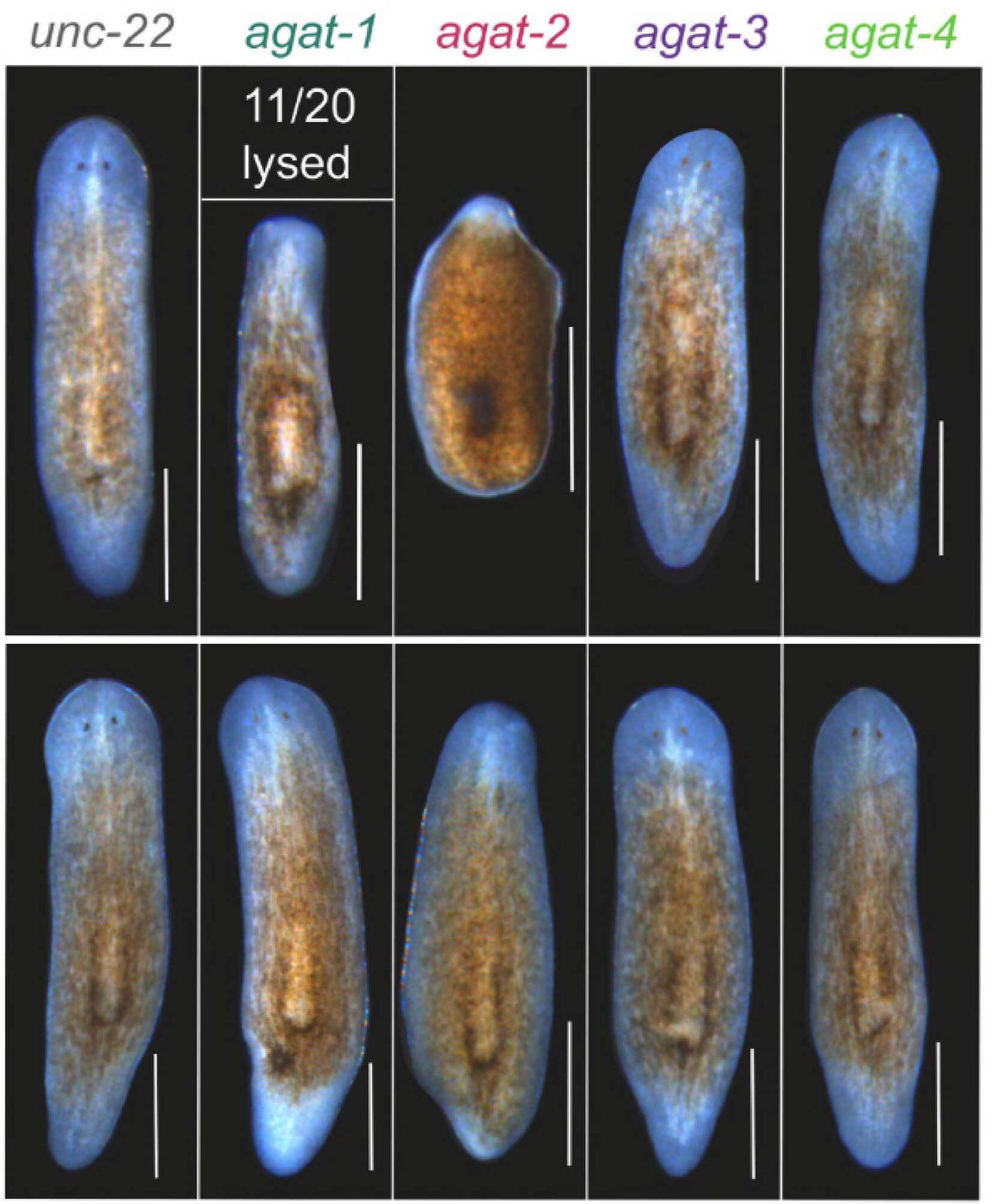Aissam Ikmi was hooked from the first photograph of a mutant fly that he spotted in a textbook in college. Ikmi, with his penchant for science and visual learning, had already gravitated toward the subject of biology. But it was not until that moment in his junior year, staring down at a fly possessed of four wings instead of the normal two, that he knew he had to study how animals develop different body parts.
That epiphany moment might have come sooner, but where Ikmi grew up, in Agadir, a port city in Morocco, libraries would only let visitors see the specific books as requested by title. When he went to university in Paris, Ikmi could peruse all the titles he wanted in the school library. “This slight difference of giving access to books makes a big difference,” Ikmi says.
For Ikmi, the difference certainly was big. After college, he stayed in Paris and headed directly into a master’s degree program, then a PhD program, to study—what else?—animal development using fruit flies, or Drosophila melanogaster, a popular laboratory animal model system. He even managed to convince his mother and father, a housewife and an automobile mechanic, of the little flies’ value and that there are things worth doing with flies other than ridding the kitchen of them.
“I told them that we are using flies to study relevant questions of human diseases and that, you know, flies can get diabetes too. They were surprised and impressed,” Ikmi recalls. They might also have been a receptive audience. “My parents are always supportive if they see that I’m passionate about what I’m doing,” he says.
But the questions that really electrify Ikmi run deeper than studying a single disease and get to the heart of how species have originated. For example, when in evolution did animals acquire a body part? What genetic changes happened to give an old part new or better function
During his graduate research, Ikmi figured out, by mutating genes of interest in Drosophila and studying the animals’ development, how the naturally occurring duplication of a gene endowed flies with more robust bristles on their thorax, which help them sense the environment, and thus has probably been naturally selected for.
While Ikmi pursued his big, bold research questions, he spent his free time in more light-hearted endeavors. One of Ikmi’s favorite things to do in Paris was to cross the Seine river and take in a one-man comedy show in one of the little theaters in the northern parts of the city.
When it came time to find a lab for his postdoctoral research, Ikmi knew he wanted a break from bristles and gene duplication. For a while he had been beguiled by another bigpicture question: Why are some animals huge and others tiny? With that in mind, Ikmi discovered the work of Stowers Investigator Matthew Gibson, PhD, who focuses in part on growth control in flies.
What absolutely convinced Ikmi to move across the Atlantic and join the Stowers Institute, though, was when Gibson told him that he was thinking of working with a type of animal that is not usually found in the lab, the sea anemone Nematostella vectensis. Ikmi immediately saw the potential for Nematostella, because it is thought to resemble an ancient ancestor shared by all animals, to offer exciting insights into how pathways that control growth have evolved in organisms such as flies and humans.
Gibson, on the other hand, was not so sure. “I tried to warn him off of this scientific question because it’s a pretty risky enterprise,” he recalls. “We needed functional tools and basic descriptive studies and all the foundational work for what Aissam wanted to study.”
Hardly deterred, Ikmi joined the Gibson Lab for his postdoctoral research six years ago. Since then, he has developed tools, based on cutting-edge gene-editing systems such as CRISPR/Cas9 and TALENs, to manipulate genes--delete them or add to them--in sea anemone as seamlessly as researchers have been doing for decades in Drosophila.
Now Ikmi is starting to wield these tools, which he described in a paper that was recently accepted for publication, to study tentacle growth in Nematostella. He has already added a fluorescent marker to genes to visualize which ones are expressed, and when, as new tentacles bud. Next up, he wants to turn his tools on genes involved in the animal’s insulin pathway, and see which gene disruptions render the animal unable to make tentacles.
In retrospect, Gibson feels that Ikmi made the right decision to work on Nematostella, but only because he was so clever and relentless in setting up the system. The effort will hopefully pay off in spades. This type of gene editing “has really huge implications for the field of evolutionary developmental biology,” Gibson says. “Historically the field has been very descriptive in nature…CRISPR opens up the possibility of manipulating genes and comparing their function between different species.”
With a suite of questions that he can now tackle with the Nematostella system, Ikmi plans to apply for faculty positions at research institutes in France this fall. Although returning to Paris and its small theaters is appealing, Ikmi would be happy anywhere in France because he would be so much closer to his family.
In the meantime, Ikmi will continue to embrace life in Kansas City. Although previously never really a runner, he discovered that running is a great way to socialize and relax. He even races, and has a half marathon under his belt.
And if research and running weren’t enough, he takes full advantage of the University of Missouri-Kansas City campus pool across the street from his lab. Being in the water brings Ikmi back to his boyhood in Morocco, where he did very little other than swim in the ocean and play soccer on the beach. In fact, if Ikmi were to envision a life outside of science, it would probably be connected to the water. “Being a fisherman would be great!” he says.



